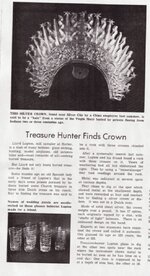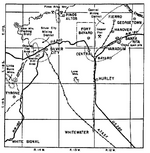deducer
Bronze Member
- Jan 7, 2014
- 2,281
- 4,360
- Primary Interest:
- Other
Roy,
Fact is, there are cases of Jesuits hiding the church "treasures" in caves and having the loyal natives seal them up during times of impending uprisings. When order was restored, the natives would bring back whatever was hidden. One of those dim memories I mentioned.
Take care,
Joe
I would greatly appreciate reading more about those cases if you could provide me with some references or at least point me in the right direction, that is, if we're talking about uprisings in the SW.





 ??
??




